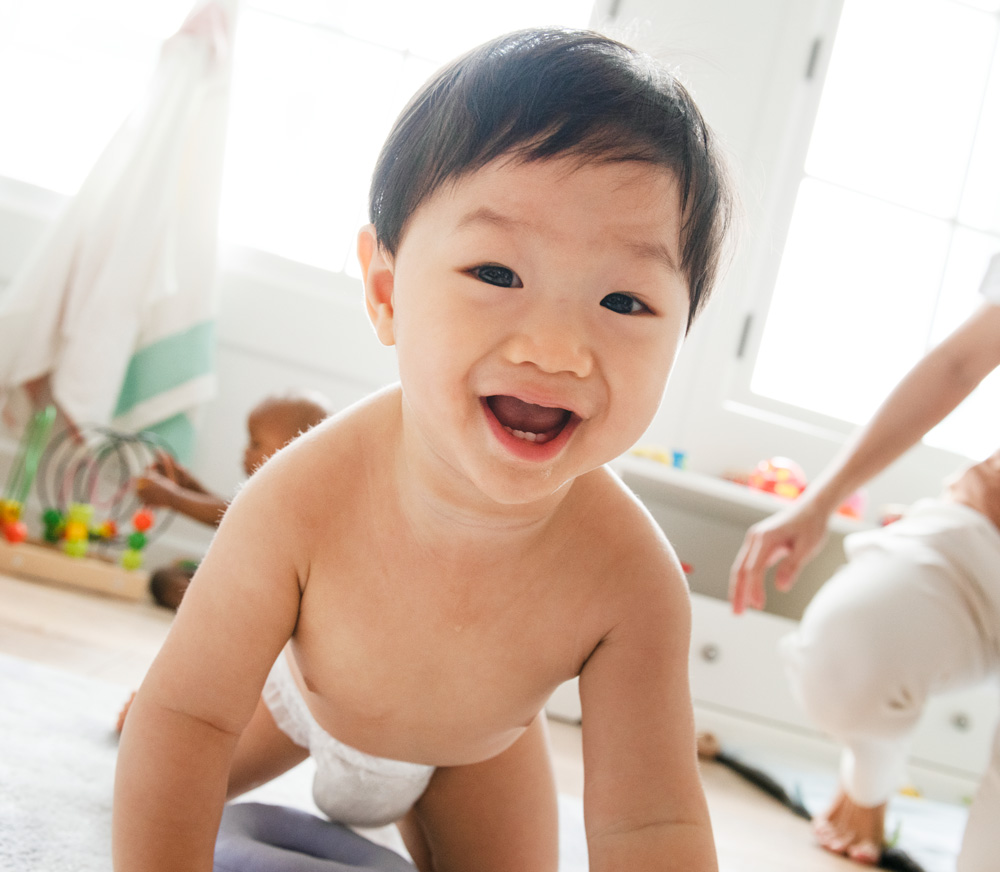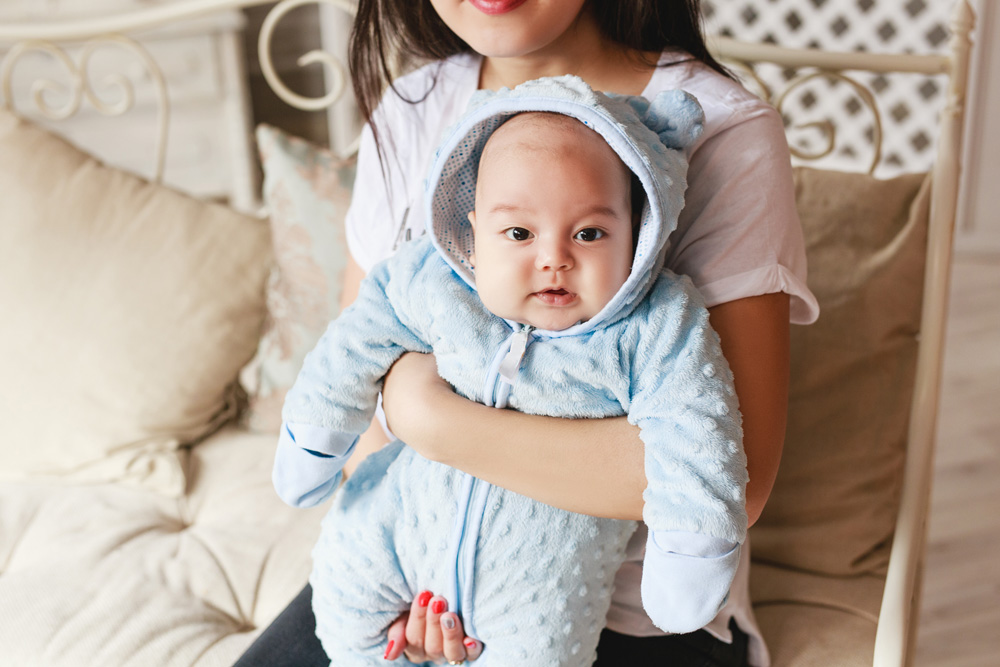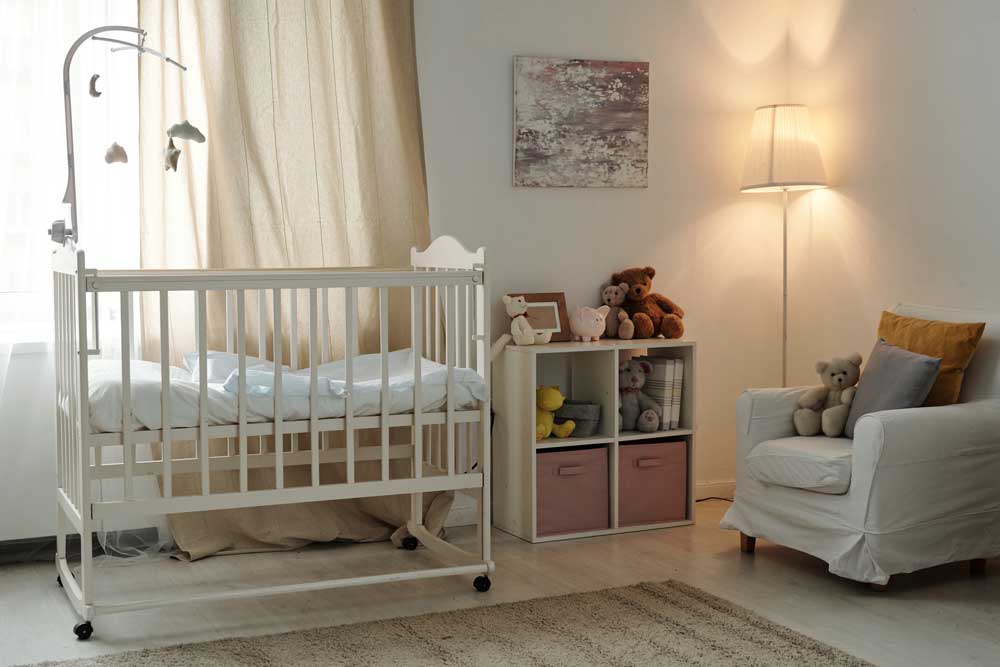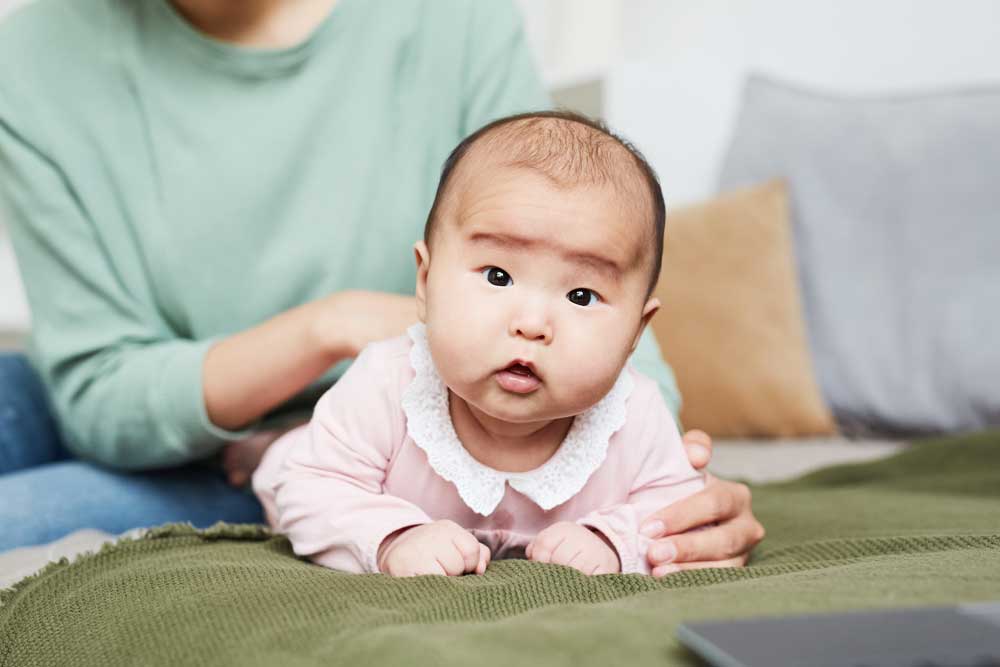
Understanding Infant Cues: Decoding Your Baby’s Body Language
The journey into parenthood is an extraordinary experience filled with joy, challenges, and countless learning opportunities. One of the essential aspects of caring for a newborn is understanding their cues and body language. Babies communicate primarily through non-verbal signals, and decoding these cues can significantly enhance the parent-child bond.
In this article, we will explore the nuances of infant body language and how creating a comfortable environment with thoughtfully chosen baby furniture can positively impact your baby’s well-being.
Decoding Infant Cues
Facial Expressions
Babies express a range of emotions through their facial expressions. A smile, for instance, may not only indicate happiness but also a sense of contentment or recognition. On the flip side, a furrowed brow or a downturned mouth could suggest discomfort or unease. Observing these subtle cues can help parents respond promptly to their baby’s needs.
Eye Contact
While newborns may not maintain eye contact for extended periods, they do engage in brief moments of connection. A baby who holds eye contact is often seeking reassurance and a sense of security. Ensuring that your baby’s surroundings are calming and visually stimulating can contribute to positive eye contact experiences.
Gestures and Movements
Pay attention to your baby’s movements. Fidgeting or squirming might indicate a need for a diaper change or discomfort due to clothing. Conversely, calm and purposeful movements may suggest satisfaction or a desire for closeness. Providing a safe and comfortable space for your baby to move freely is crucial, and this is where baby furniture plays a pivotal role.
Creating a Comfortable Environment with Baby Furniture
Choosing the Right Crib
The crib is the centerpiece of your baby’s nursery. Opt for a crib that meets safety standards and provides a cozy sleeping space. Adjustable mattress heights can accommodate your growing baby and make it easier for you to pick them up. Soft bedding, such as fitted sheets and breathable bumpers, can enhance comfort while adhering to safety guidelines.
Nursing Chairs and Rockers
Comfortable seating is essential for those late-night feeding sessions. Investing in a nursing chair or rocker not only provides ergonomic support for parents but also creates a soothing environment for the baby. The gentle rocking motion can be calming, and the close physical proximity strengthens the parent-child bond.
Changing Tables with Storage
Changing diapers is a frequent task in the early months, and having a dedicated changing table can make this process more efficient. Look for changing tables with ample storage space for diapers, wipes, and clothing. This ensures that everything you need is within arm’s reach, minimizing disruptions during diaper changes.
Storage Solutions
Keeping the nursery organized is not only practical but also contributes to a visually calming environment. Consider storage solutions such as dressers and shelves to keep baby essentials neatly arranged. Having a designated place for clothes, toys, and other items makes it easier to find what you need and reduces stress for both parents and baby.
Soft and Safe Play Areas
As your baby grows, providing a designated play area becomes important. Soft play mats or rugs with colorful designs can stimulate your baby’s visual and tactile senses. Ensure that the play area is free from small objects that could pose a choking hazard, and consider adding soft cushions for extra comfort during playtime.
Temperature Control
Babies are particularly sensitive to changes in temperature, and maintaining a comfortable climate in their nursery is vital. Choose furniture that complements your efforts in temperature control.
Opt for breathable crib mattresses, and ensure that the room is well-ventilated. Dress your baby in layers, and have extra blankets on hand to regulate their body temperature. Additionally, adjustable cribs with slats allow for better air circulation around the sleeping area.
Personalized Touches
Infuse your baby’s nursery with personalized touches that reflect your family’s unique style. From custom wall art to handpicked decorations, these elements can create a warm and inviting space.
Consider incorporating soft, ambient lighting to create a calming atmosphere during bedtime routines. Personalized furniture, such as custom-made cribs or handcrafted rocking chairs, adds a special touch to the nursery and can be cherished as family heirlooms.
Transitioning Furniture
As your baby grows, their needs and preferences will evolve. Investing in furniture that can adapt to these changes can save you both time and money. Convertible cribs that transform into toddler beds, daybeds, or even full-sized beds are excellent long-term investments.
Similarly, modular furniture that can be reconfigured as your child’s needs change ensures that the nursery remains a functional and age-appropriate space.
Promoting Independence
As your baby transitions into the toddler stage, encourage independence by incorporating furniture that supports their emerging autonomy. Low bookshelves with sturdy bins for toys, child-sized tables and chairs for art and play, and accessible storage solutions empower your toddler to explore and engage with their environment safely.
This stage is not just about creating a space for your child but also fostering a sense of self-efficacy and exploration.
Regular Assessments and Adjustments
Babies grow rapidly, and their developmental milestones can influence their preferences and needs. Regularly assess the functionality of the nursery and make adjustments accordingly.
This might involve repositioning furniture for better flow, reassessing storage solutions as your baby’s belongings increase, or introducing new elements to cater to their evolving interests.
Being attuned to these changes ensures that your baby’s environment remains supportive and responsive to their developmental stages.
Conclusion
As your baby grows, providing a designated play area becomes important. Soft play mats or rugs with colorful designs can stimulate your baby’s visual and tactile senses. Ensure that the play area is free from small objects that could pose a choking hazard, and consider adding soft cushions for extra comfort during playtime.
Understanding your baby’s body language is a continuous learning process that evolves as your child grows. By paying close attention to facial expressions, eye contact, and movements, parents can build a strong foundation for communication and connection.
Additionally, creating a comfortable environment with carefully chosen baby furniture plays a vital role in supporting your baby’s well-being.
Investing time and thought into selecting the right baby furniture, from cribs to nursing chairs and storage solutions, contributes to a nurturing and safe space for your child. As you embark on this exciting journey of parenthood, remember that each cue your baby gives is an opportunity to strengthen your bond and create a loving environment for them to thrive.
If you are looking for an artful combination of functionality, safety, and personal touches, check out our shop. Our baby products are designed to help you create a space where your baby feels secure, loved, and ready to explore the wonders of the world.

育⼉中的正念培养

Parenting Prep 101: A Practical Guide for Expectant Parents









